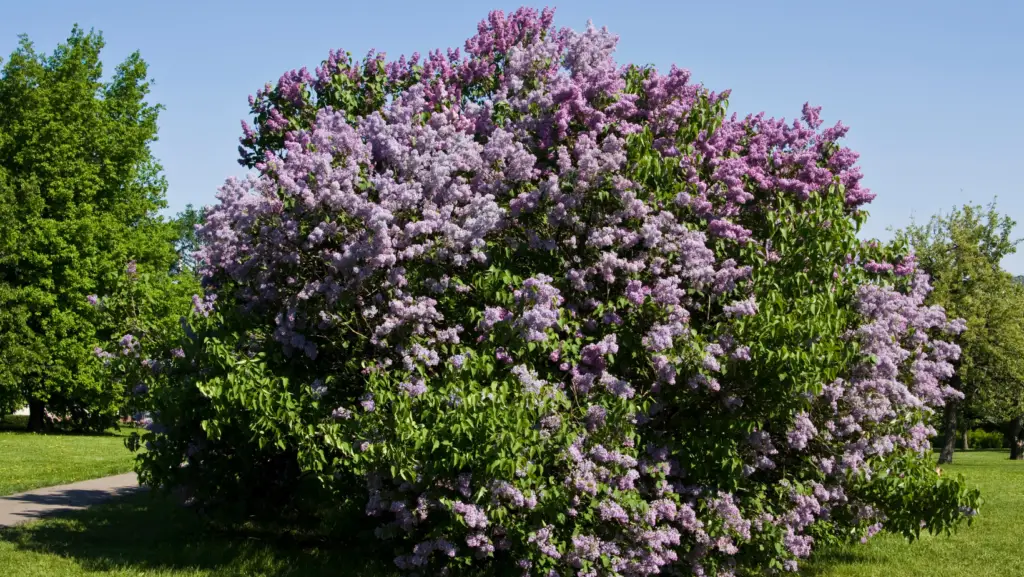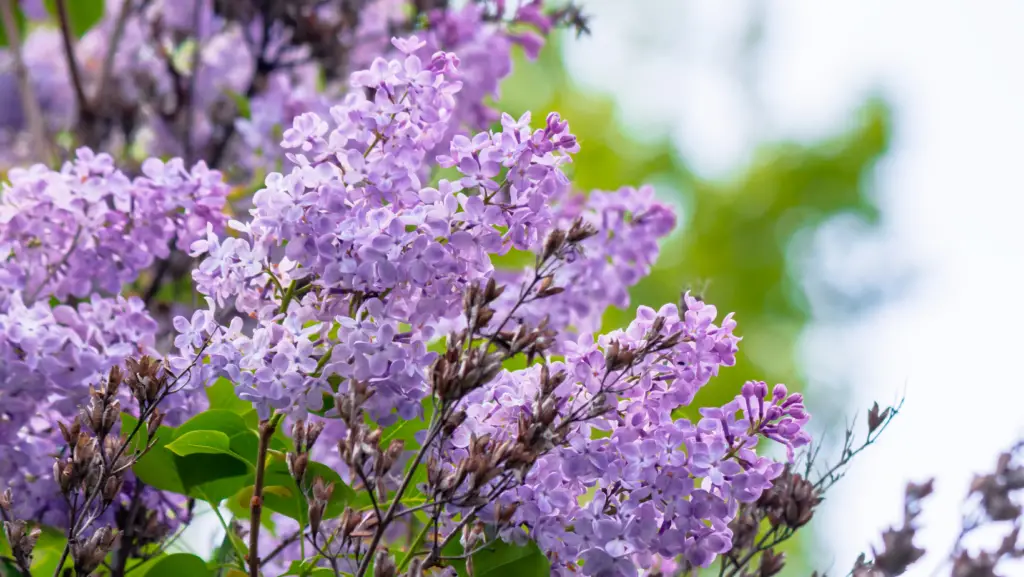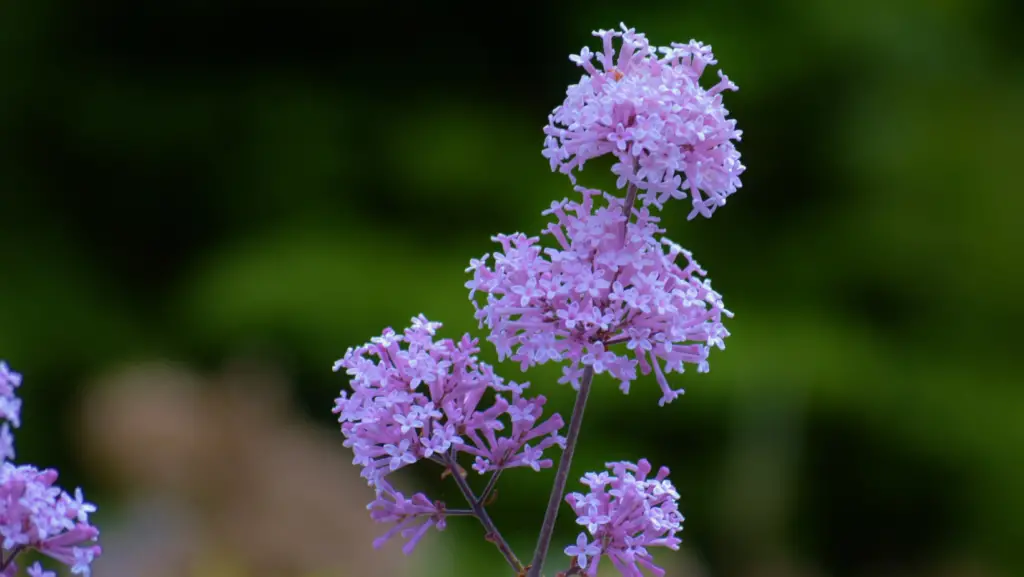
Lilac is a great example of strong contrast. It is hardy and very robust; its wood is gray and its stems rigid.
However, this austere appearance is softened in spring by a delicate bloom: fine colors, elegant clusters, and sweet fragrance.
In this article, I have gathered for you all the information about the lilac shrub, its main characteristics, and what you need to know to plant and grow it.
Characteristics of the lilac plant
| Scientific name | Syringa vulgaris |
| Family | Oleaceae |
| Origin | Eastern Europe |
| Foliage | Deciduous |
| Flowering | April-June |
| Rusticity | -25°C (-77°F) |
| Exposure | Sun or light shade |
| Soil | Normal, even calcareous |
| USDA Plant Hardiness Zone: | 3 to 7 |
The common lilac is a shrub of 3 to 4 m in height and 2 to 3 m in diameter. Its branches are erect and their stiffness is mitigated by the weight of the many clusters during flowering.
The flowers are small, numerous, gathered in compact spikes from 10 to 20 cm in length, and delicately perfumed.
How to grow a lilac shrub
The lilac grows in all well-drained soils, even calcareous, but it particularly appreciates cool grounds.
The exposure must be the sunniest possible for a perfect bloom.
Pruning should be light: simply picking the flowering tips to put in a vase is enough. We will complete the cleaning by removing the dead wood, the weak branches, the ramifications turned towards the interior of the crown, and the shoots which leave the base of the plant.
This very discreet procedure requires a rejuvenation pruning when the lilac begins to bloom less and to recede from the base. After flowering, cut all the vegetation at 60 cm from the ground.

How to grow lilacs in pots
It takes 2 or 3 years before the French lilac becomes comfortable in a pot and starts to grow generously. It is therefore preferable to start with an already formed plant, at least 1.25 m tall, supplied in a 25 to 30 cm diameter container.
To keep a harmonious silhouette, reduce by half the length of the branches having bloomed.
Where to plant a lilac bush
As an isolated plant, in a bunch of several plants, mixing colors, as a second line of decoration, and in a pot.

Our selection
- ‘Madame Lemoine’: vigorous variety with large clusters of very double creamy white flowers.
- ‘Katherine Havemeyer’: vigorous, double violet flowers, very fragrant.
- ‘Charles Joly’: vigorous, very double wine-red flowers.
- ‘Michel Buchner’: medium growth, double purple flowers.
- ‘Souvenir de Louis Spath’: vigorous, single dark purple-red flowers.
- ‘Sensation’: single dark lilac flowers with white margins.
- ‘Comte de Kerkove’: medium vegetation, double light pink flowers.
In the whites:
- ‘Duchesse d’Harcourt’, single flowers; Jeanne d’Arc’, with double flowers.
Conclusion
If you’re looking for a stunning and fragrant addition to your garden, look no further than the common lilac.
Not only does it provide stunning blooms and a delightful scent, but it’s also low maintenance, hardy, and can adapt to various growing conditions. With a little care and attention, your common lilac will reward you with an abundance of blooms each spring, filling your garden with its enchanting fragrance.
